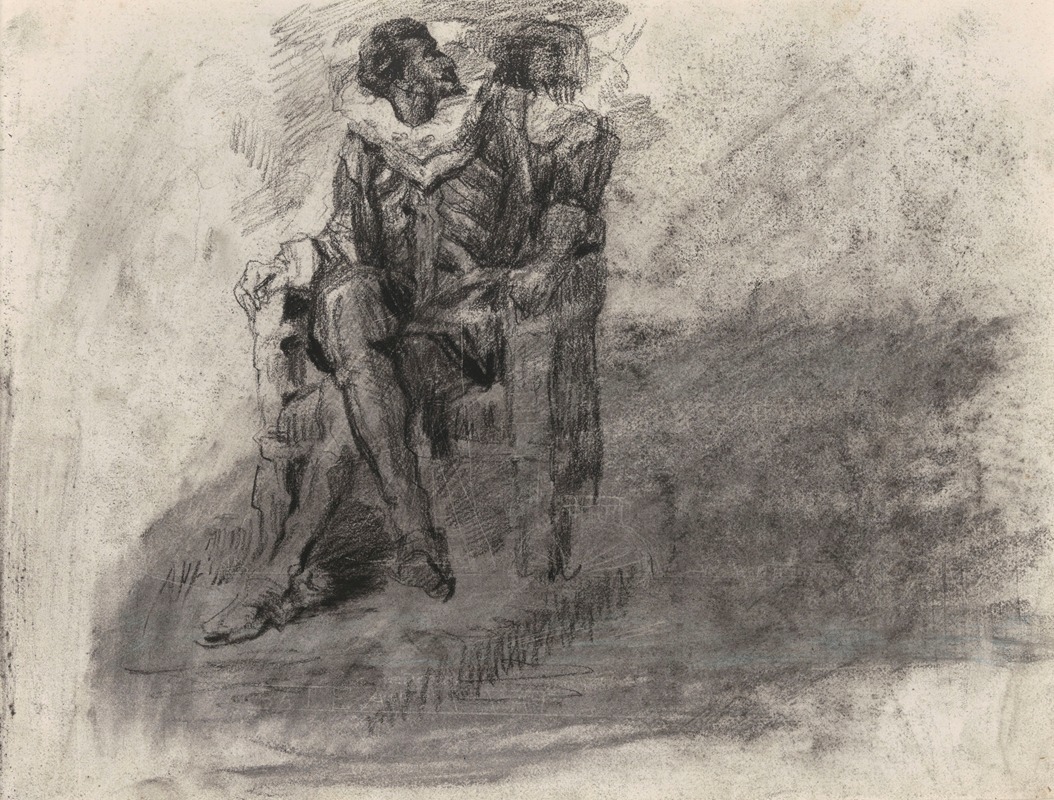
Don Quixote
A hand-painted replica of James Ensor’s masterpiece Don Quixote, meticulously crafted by professional artists to capture the true essence of the original. Each piece is created with museum-quality canvas and rare mineral pigments, carefully painted by experienced artists with delicate brushstrokes and rich, layered colors to perfectly recreate the texture of the original artwork. Unlike machine-printed reproductions, this hand-painted version brings the painting to life, infused with the artist’s emotions and skill in every stroke. Whether for personal collection or home decoration, it instantly elevates the artistic atmosphere of any space.
"Don Quixote" is a painting by the Belgian artist James Ensor, created in 1887. Ensor, born in 1860 in Ostend, Belgium, is known for his unique and often surreal style, which combines elements of symbolism, expressionism, and impressionism. His works frequently feature fantastical and grotesque imagery, reflecting his fascination with masks, skeletons, and carnival scenes.
The painting "Don Quixote" depicts the iconic character from Miguel de Cervantes' novel "Don Quixote," which was first published in two parts in 1605 and 1615. Cervantes' novel is one of the most influential works of literature from the Spanish Golden Age and is considered one of the greatest works of fiction ever written. The character Don Quixote is a nobleman who becomes so enamored with chivalric romances that he decides to become a knight-errant, embarking on a series of adventures with his loyal squire, Sancho Panza.
Ensor's interpretation of Don Quixote captures the essence of the character's idealism and delusion. In the painting, Don Quixote is depicted in a dynamic and somewhat chaotic scene, characterized by Ensor's distinctive use of vibrant colors and expressive brushwork. The figure of Don Quixote is shown in a dramatic pose, possibly engaged in one of his many imagined battles. Ensor's style in this painting reflects his broader artistic approach, which often involves a blend of realism and fantasy, creating a sense of both immediacy and otherworldliness.
James Ensor's "Don Quixote" is notable for its emotional intensity and its ability to convey the inner life of the character. Ensor's use of color and form serves to highlight the contrast between Don Quixote's noble aspirations and the absurdity of his actions. This duality is a central theme in Cervantes' novel, and Ensor's painting effectively captures this complexity.
Ensor's work was not widely recognized during his early career, but he eventually gained acclaim and became an influential figure in the development of modern art. His innovative use of color and his exploration of psychological and fantastical themes had a significant impact on later artists, including the surrealists.
"Don Quixote" by James Ensor is an important example of how literature can inspire visual art, and it demonstrates Ensor's ability to translate complex literary themes into compelling visual narratives. The painting remains a testament to Ensor's skill as an artist and his ability to engage with timeless themes in a way that is both personal and universal.





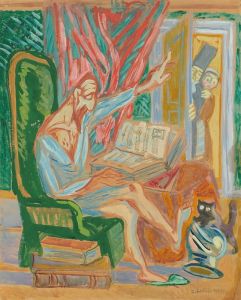

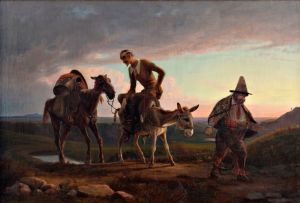
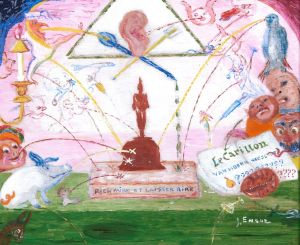
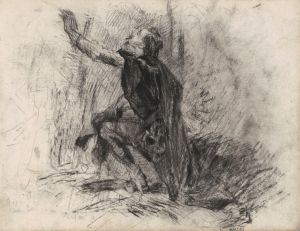
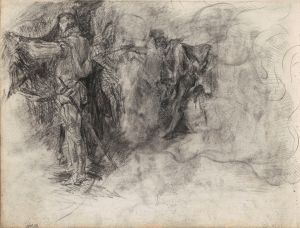
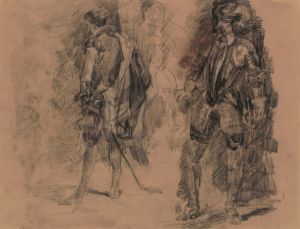
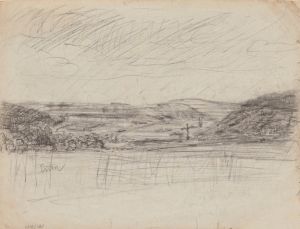
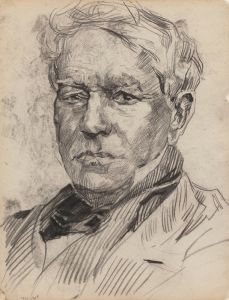
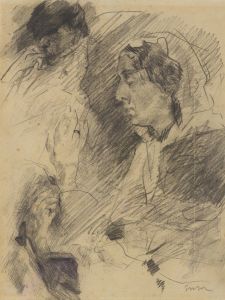
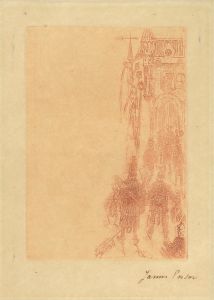
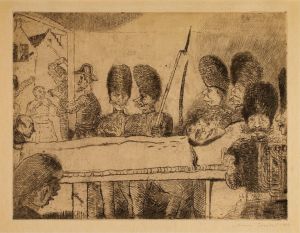
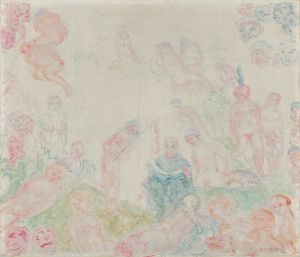
![Two Heads Are Better Than One [Poor Folly]](/imgs/264668/s/francisco-de-goya-two-heads-are-better-than-one-poor-folly-401b05c1.jpg)